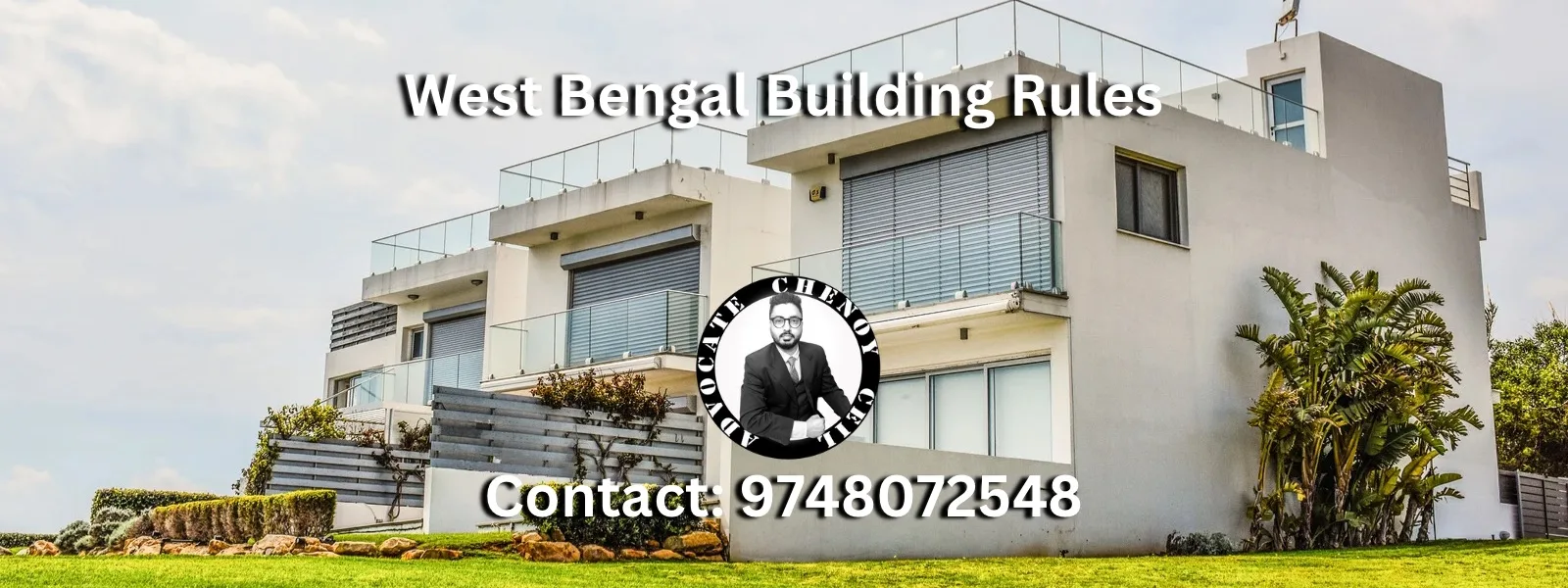West Bengal Municipal Building Rules (WBM Building Rules) are a set of guidelines that every construction project in the state must adhere to.
Understanding Basics of West Bengal Municipal Building Rules & Regulations
The aim of these rules is to ensure safe, healthy and aesthetically pleasing buildings that serve the needs of the community. These rules came into effect in 2007, and since then, they have played a crucial role in shaping the urban landscape of the state.
One of the primary objectives of the WBM Building Rules is to ensure the safety of the occupants of a building. To achieve this, the rules lay down guidelines for structural design, construction materials, and methods. The rules prohibit the use of substandard or faulty materials that may compromise the safety of the building. Additionally, the rules mandate the use of standard construction techniques that take into account the various disaster scenarios that the state is prone to, such as floods and earthquakes.
Another key objective of the WBM Building Rules is to ensure that buildings are adequately ventilated, lit and have proper sanitation facilities. The rules require a minimum number of windows and doors in each room, and the window sizes must be such that they allow proper airflow and natural light to penetrate. Additionally, the rules specify the minimum number of toilets and bathrooms that must be provided in a building based on its occupancy.
The WBM Building Rules also aim to ensure the aesthetic appeal of the buildings in the state. The rules set down guidelines for the external appearance, including the color, texture, and finish of the buildings. The rules further require that the external appearance of buildings must complement the surrounding environment and not detract from it. Additionally, the rules mandate the use of landscaping around the buildings to enhance their aesthetic value.
The WBM Building Rules also have provisions for building maintenance. The rules mandate that every building must undergo regular inspections, and if necessary, repairs and maintenance work must be carried out promptly. This ensures that buildings remain in good condition and do not become a safety hazard to the occupants or the surrounding community.
In conclusion, the West Bengal Municipal Building Rules are a crucial component of the state’s urban governance structures. These rules ensure the safety, health, and aesthetic appeal of the state’s buildings. The WBM Building Rules have played a significant role in shaping the urban landscape of the state since their implementation, and they continue to be relevant in the present day. By following these guidelines, building owners can contribute to the betterment of their communities and create safe, healthy and pleasant living and working spaces.
